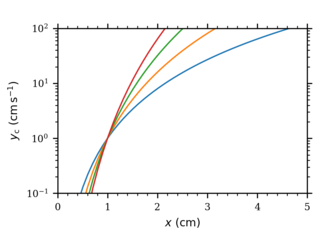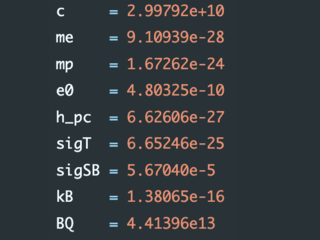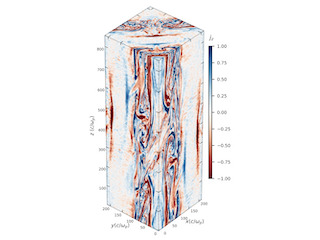Summer Trainee 2024 positions
Computational Plasma Astrophysics Research
Plasma astrophysics is a new, emerging research field aiming to understand the dynamics of astrophysical plasmas – hot ionized gases – from first principles. The Computational Plasma Astrophysics research group at the University of Helsinki uses theoretical and computational methods to study the most extreme plasma environments around neutron stars and black holes. As part of our research, we also specialize in high-performance computing solutions and open-source simulation tools. To perform our numerical studies, we maintain our own computational laboratory with a dedicated in-house, >1000-core supercomputer. We use the cluster to develop the open-source plasma simulation framework Runko. The research group is funded by the European Research Council (ERC) Starting Grant project ILLUMINATOR.
We are looking for ambitious summer trainees interested in studying extreme plasma phenomena with analytical and computational methods. The projects are 1-3 months long with flexible starting dates. The projects can form a basis for a Bachelor’s and Master’s thesis. Available topics include, for example:
1) Theoretical analysis of relativistic plasma waves in ultra-magnetized media. The student will derive plasma dispersion relations and analyze the wave properties of low-frequency radio waves traveling in neutron star magnetospheres. Understanding the wave dynamics around neutron stars is one of the most central open questions in high-energy astrophysics. It is crucial for establishing how pulsars, rotating neutron stars, produce their observed radio emission. Good mathematical skills are required. Completion of plasma physics courses is advantageous, although not required.
2) Simulations of relativistic collisionless shocks in magnetized plasmas. The student will simulate the formation and propagation of collisionless shock with first-principles particle-in-cell simulations. Understanding the relativistic shock dynamics is important for deciphering the physics of recently discovered fast radio bursts from magnetars - strongly magnetized neutron stars. Good computational skills and previous experience with Python and/or C++ are advantageous, although not required.
3) Numerical implementation of a quantum-suppressed synchrotron emission process to the open-source plasma code Runko. The student will study the quantum synchrotron radiation process and implement a Monte Carlo method to simulate it. Quantum-modified radiative processes are crucial for interpreting the recently performed laboratory experiments of high-intensity, petawatt laser pulses. The same mechanism also controls the generation of radiation near extreme astrophysical objects like neutron stars and black holes. Good analytical and computational skills and previous experience with Python and/or C++ are advantageous, although not required.
For more information on our group and other possible research topics, see https://natj.github.io/group. Contact information: Assoc. Prof. Joonas Nättilä (nattila.joonas at gmail.com).



